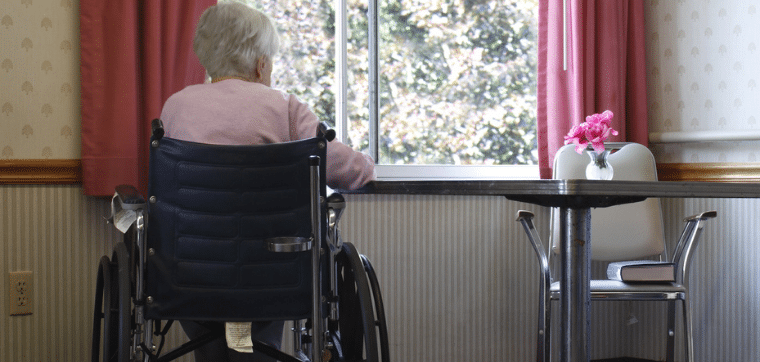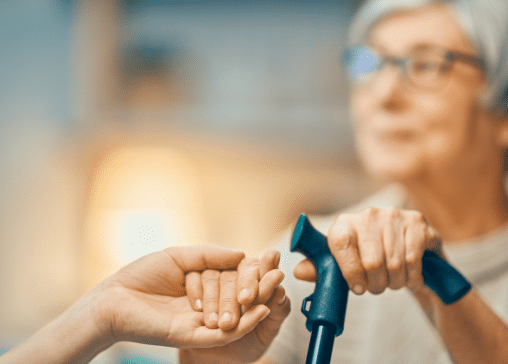Understanding how bedsores form, who is at high risk, and the best methods for preventing bedsores can lead to the best quality of life possible for individuals with limited mobility. Understanding how bedsores form, who is at high risk, and the best methods for preventing bedsores can lead to the best quality of life possible for individuals with limited mobility.
Can bedsores be prevented?
People who enter a nursing home or have limited mobility due to age, injury, or illness aren’t destined to develop bedsores. Proper care with regular movement, good hydration, and the use of barrier creams are extremely helpful for preventing bedsores.
Caregivers may want to examine risk factors for bedsores. Knowledge of risk factors can help a health care team, family members, and anyone involved in the care of older adults prevent bedsores from ever becoming a problem.
Risk factors include immobility due to poor health or spinal cord injuries and incontinence.
A condition like a spinal cord injury or a neurological disorder like Alzheimer’s disease may cause problems with a person’s sensory perception, which means it’s essential that a health care professional regularly tends to the patient or resident to prevent bedsores.

What actions should be taken to prevent pressure sores?
Health care providers and caregivers should create a schedule of duties to reduce the likelihood of their geriatric patients developing bedsores. One of the easiest ways to prevent bedsores is the frequent repositioning of the body.
All long-term care facilities can develop protocols designed to reduce the incidence of bedsores in their patients. Families who assist their elderly parent or relative with home care can also take the following steps to prevent bedsores.
Frequent Repositioning of the Body
A bedsore may develop in as little as a week when someone doesn’t move regularly, and bedsores may become life-threatening in less than a month. Maintaining blood supply and blood flow to affected areas is essential.
Incredibly, skin breakdown may occur in as few as two to three hours when continuous pressure occurs on the body. Health care professionals or family members should try to move their patient or loved one at least once every hour or two. Prevention of bedsores is aided by making sure vulnerable areas like the tailbone, hips, elbows, and back of the head aren’t under significant pressure.
Skin Care Regimens
Mild soap and warm water help keep the skin clean, and gently patting damp areas of skin dry reduces the likelihood of a blister developing. Talcum powder can help keep vulnerable regions of the body dry, too.
One of the difficulties caregivers may have in keeping their loved one or patient safe from bedsores is that the skin can’t remain too moist or too dry for extended periods of time, which means it may take some experimentation to find a happy medium for a skin care regimen.
Special Mattresses
Memory foam or latex mattresses can help prevent bedsores because they reduce the pressure on the body’s vulnerable areas like the hips and elbows. A memory foam mattress can promote healthy, even distribution of pressure throughout the body.
Proper Nutrition
Good nutrition helps keep the skin healthy and reduces the likelihood of a bedsore developing. Nutritional plans may include vitamin C and zinc supplements, as well as increased hydration to keep the skin healthy and robust.

Why do elderly people get bedsores?
The elderly are susceptible to many life-threatening medical conditions. Bedsores remain one of the most common health injuries that the elderly develop when they live in a long-term care facility or a nursing home. Lack of movement, poor blood circulation, and diseases such as diabetes increase the risk of bedsores in the elderly.
Treating Bedsores
Despite taking steps to prevent bedsores, some patients may still develop them because of health conditions that make them more vulnerable to the condition.
Vascular disease and diabetes can increase a person’s chances of developing bedsores, so it may help health care teams to know how to treat bedsores.
The following steps can help treat bedsores.
- Removing pressure from the affected area through frequent movement
- Using dressings or gauze on the wound to keep it moist for healing
- Cleaning the wound regularly with a saltwater or saline solution
- Boosting vitamin and nutrient intake to boost the immune system response
In some cases, the medical team may need to consider debridement or the removal of damaged or dead tissue. Severe bedsores may also require the transplantation, or skin grafts, of healthy skin to the affected area.
According to the National Pressure Ulcer Advisory Panel, several stages of bedsores exist, which means care teams have time to begin treatment before the bedsores become so dangerous that they threaten the life of the elderly person.


